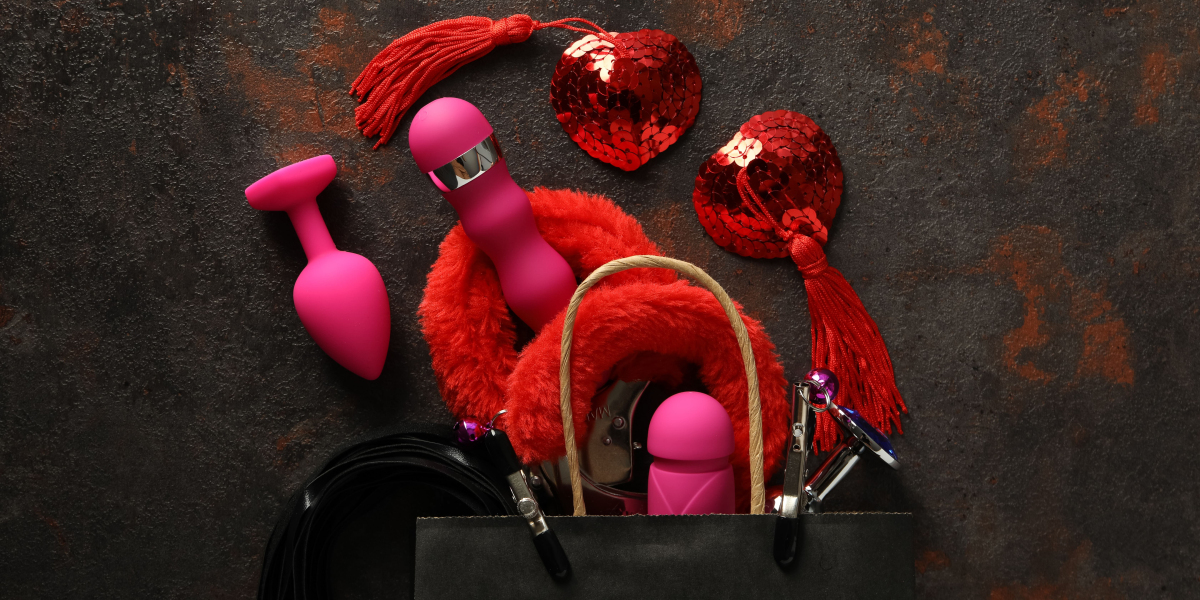Unlock the Secrets of Keyboard Switches: Discover What Sets Them Apart!
Keyboard switches are often the unsung heroes of our typing experience; they play a pivotal role in how we interact with our devices. Whether you're a gamer, a writer, or just someone who spends hours on a computer, the type of keyboard switch can dramatically affect your comfort and performance. In this article, we delve into the differences between keyboard switches, aiming to help you understand what makes each unique. As the popularity of mechanical keyboards continues to rise, so does the importance of selecting the right switch that caters to personal preferences and typing styles.

Understanding Keyboard Switches
At its core, a keyboard switch is the mechanism beneath each key that registers a keystroke. When you press a key, the switch activates, sending a signal to the computer to perform an action. The mechanics of keyboard switches can vary significantly, with some offering tactile feedback while others provide a smooth experience. The actuation point—the distance a key must be pressed for it to register—also differs among switches, influencing how responsive they feel. A well-chosen switch can enhance typing speed and accuracy, making it essential for users to understand their mechanics.
Types of Keyboard Switches
Keyboard switches can generally be categorized into three main types: mechanical, membrane, and hybrid. Each type has its own characteristics that cater to different user needs. Mechanical switches are known for their durability and tactile feedback, making them a favorite among typists and gamers alike. Membrane switches, on the other hand, are quieter and often more affordable but may lack the responsiveness and longevity of their mechanical counterparts. Lastly, hybrid switches attempt to combine the best features of both mechanical and membrane switches, providing a unique typing experience that appeals to a broader audience.
Mechanical Switches
Mechanical switches are built with individual mechanical components for each key, resulting in a more tactile and precise typing experience. They come in various types, such as tactile, linear, and clicky, each catering to different preferences. Tactile switches provide a noticeable bump at the actuation point, which can enhance typing accuracy. Linear switches, however, offer a smooth press without any tactile feedback, making them great for gaming. Clicky switches produce an audible click sound with each keystroke, which many users find satisfying but can be disruptive in shared environments. The primary advantages of mechanical switches include their durability, often lasting for millions of keystrokes, and their customizable nature. However, they can be louder and more expensive than other types of switches.
Membrane Switches
Membrane switches consist of a flexible membrane that registers keystrokes when pressed. They are typically quieter and less expensive than mechanical switches, making them a popular choice for casual users and those on a budget. However, membrane switches often lack the tactile feedback and longevity associated with mechanical switches. This can lead to a less satisfying typing experience, especially for heavy typists who may find themselves missing keystrokes. Despite these limitations, membrane switches can be suitable for environments where noise is a concern or for users who do not require a high-performance keyboard.
Hybrid Switches
Hybrid switches aim to merge the best features of both mechanical and membrane switches, offering a unique balance of performance and comfort. They often utilize a combination of mechanical components and a membrane design, resulting in a switch that can provide tactile feedback while remaining quieter than traditional mechanical switches. Hybrid switches can be an excellent choice for users who appreciate the feel of mechanical switches but need a quieter option for office or shared spaces. This versatility makes them appealing to a wide range of users, from gamers to professionals.
Factors to Consider When Choosing a Switch
When selecting a keyboard switch, several factors come into play, including typing feel, noise level, and durability. Personal preference should be at the forefront of your decision-making process. If you enjoy a tactile experience and are comfortable with some noise, mechanical switches may be ideal. Conversely, if you're in a quieter environment and prefer a softer touch, membrane or hybrid switches might be more suitable. Additionally, consider how often you use your keyboard; frequent typists might benefit from the durability and responsiveness of mechanical switches, while occasional users may find membrane switches adequate for their needs. Ultimately, understanding your typing habits and preferences is key to choosing the right switch.
Summarizing Key Differences Among Keyboard Switches
Understanding the differences between keyboard switches is crucial for making an informed choice when selecting a keyboard. From mechanical to membrane and hybrid options, each type of switch offers unique features that cater to different user needs. By considering factors such as typing feel, noise level, and personal preferences, you can enhance your typing experience significantly. Whether you're a gamer seeking responsiveness, a writer looking for comfort, or a casual user wanting affordability, the right keyboard switch can make all the difference. Take the time to explore your options, and you'll find the perfect switch that fits your unique style.







